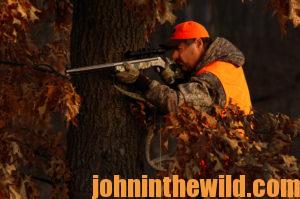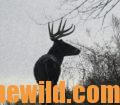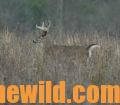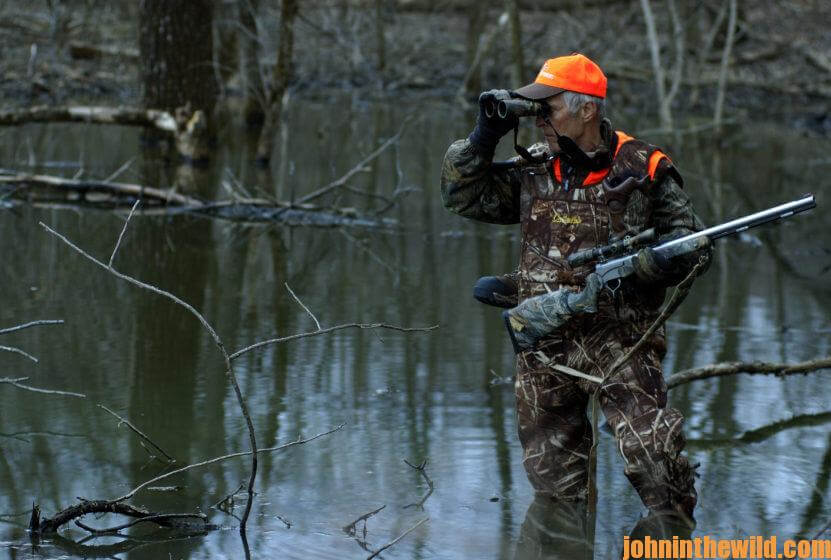Editor’s Note: Between the cover where deer bed down, and the places where they feed, trophy-racked bucks are on the move and vulnerable early in the morning and late in the afternoon.
One of the best places to take a deer is somewhere between his bedding and his feeding areas. There are several reasons why transition regions are choice locations for bagging big bucks.
* A hunter won’t spook deer as easily going to the transition areas as he will when he hunts feeding places.
* Well-defined, easy-to-locate trails usually exist in these types of places.
* The deer will be moving more in transition areas than in bedding or feeding sites.
* You can predict when a buck will cross a transition area more accurately than trying to guess when he will feed or bed.
To locate an active transition area, a hunter must first pinpoint the deer’s preferred food source and the direction he travels from the food to thick cover or bedding locations. This chore is relatively easy if deer are feeding on agricultural crops, like the bean field buck I bagged (see Day 1). Once the hunter observes deer in a field, he needs to notice from which direction the deer leave the field. Then by scouting, a hunter often will find a trail leading to and from the field and identify the cover where a deer is bedding and the most-productive place along the trail to make a blind or take a stand by following that path. If deer are feeding on acorns or shrubs, the hunter needs to find the highest concentrations of deer signs – trails, tracks, droppings, half-eaten acorns or chewed shrubs – and follow the trails from these areas to the deer’s cover or bedding sites.
To learn more about hunting deer, check out John E. Phillips’ book, “ How to Hunt and Take Big Buck Deer on Small Properties,” available in Kindle, print and Audible versions at (http://amzn.to/1vIcj4m).
How to Hunt and Take Big Buck Deer on Small Properties,” available in Kindle, print and Audible versions at (http://amzn.to/1vIcj4m).
Tomorrow: Understand Why Hunting Deer Scrapes and Making Mock Scrapes in January is Productive










